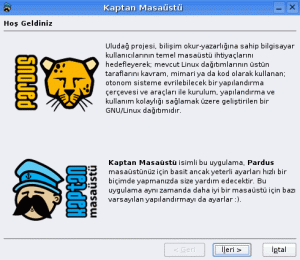There's been a lot in the news lately about the-virus-that-must-not-be-named (because if your computer is infected it won't let you view pages that refer to it by name. They should call it the Voldemort virus!) As computers become more advanced and sophisticated, so do the attacks and malware that can be crafted using them. As consumers, I feel like it's important that we educate ourselves our these tools we have come to rely on every day, so that we can use them securely and effectively.
Here are my recommendations:
- Don't use Microsoft Internet Explorer. Why? Because its "ActiveX" controls are too integrated with the operating system environment, which makes it a prime target for the bud guys. Use Mozilla Firefox instead.
- Once you're using Mozilla Firefox, install the AdBlock Plus add-in. At the browser level, not only can it block images, scripts, and domains for advertisements, but also for virii and malware.
- Use OpenDNS! Almost all internet communication relies on DNS (which stands for Domain Name Server) to look up the websites you surf to everyday. For instance, you type in www.google.com. How does your computer know where that is? First it must be looked up on a DNS server to get its IP address (mine just returned 74.125.67.103 for google).
Once you have set your computer or router to use OpenDNS's servers, OpenDNS will block all attempts to access domains that you specify. You can customize it to your liking. You can set OpenDNS to block access to porn sites, other sites, etc. A screen shot is in order:
Yes, OpenDNS takes a little doing to set up, but it's worth it for your peace of mind. If you don't feel like you can do it, ask a computer saavy friend or relative to do it for you (hopefully they've already done it).


